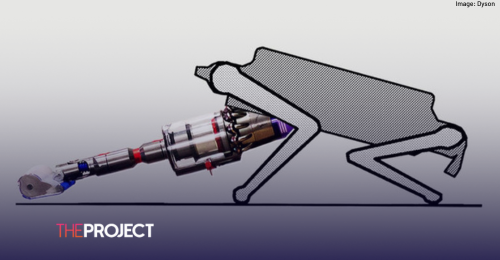Robotic vacuum cleaners are becoming increasingly popular, with Dyson having their own version, the Dyson 360 Vis Nav.
However, in October the company was granted the permit for a ‘housekeeping robot’, which can be used in homes or even larger-scale commercial environments, such as a hotel.
Dyson has said that the four-legged robodog machine will resemble the robotic attack hounds that featured in the television show Black Mirror and will be much more versatile and complicated than the small “biscuit tin” robotic vacuum cleaners on the market currently.
The robodog will be able to tackle household tasks such as vacuuming, mopping, watering the grass, mowing the lawn and blowing away leaves.
The patent describes a rechargeable robot with an extendable “housekeeping module” underneath the main body of the machine.
It is designed to be able to move around under its own power and then sit down when finished.
In its patent, Dyson writes: “With a housekeeping module attached, the robot may be able to clean under and between more obstacles, increasing the coverage.”
“The robot does not need to navigate into tight gaps. The user is able to easily insert or remove a module without having to reach underneath the robot.”
“The robot can be in a stable, unpowered state during user module exchange which may decrease the risk of injury.”
Professor Adrian Hopgood, an independent consultant in AI at Portsmouth University, said the robodog patent brings together existing technologies into one invention to maximise benefit.
“The patent brings together existing technologies like those behind the Boston Dynamics dog, robotic vacuum cleaners, and visual recognition systems,” he said.
“Some of the most impactful inventions comprise existing inventions repackaged. The most famous example is probably the smartphone, and the iPhone specifically, and in that respect Dyson is following a similar path.”





























